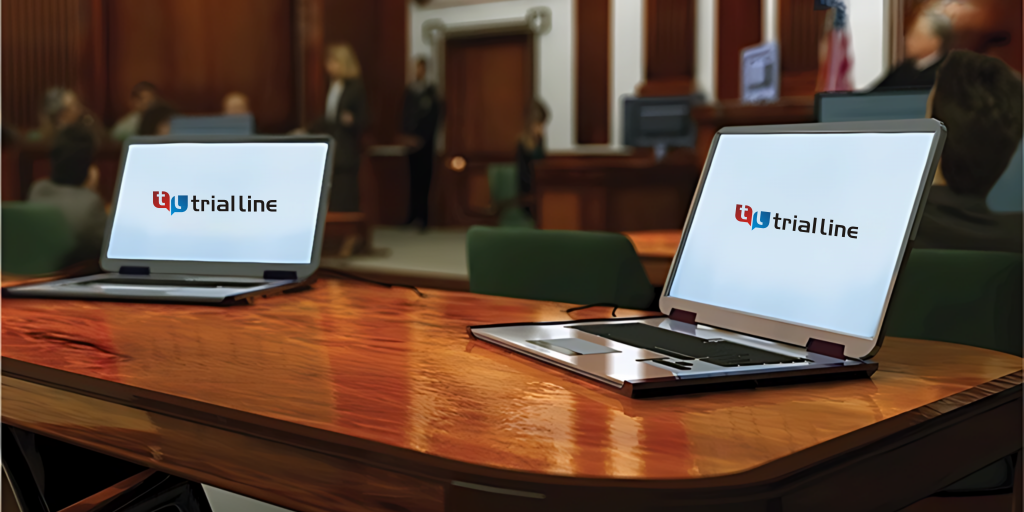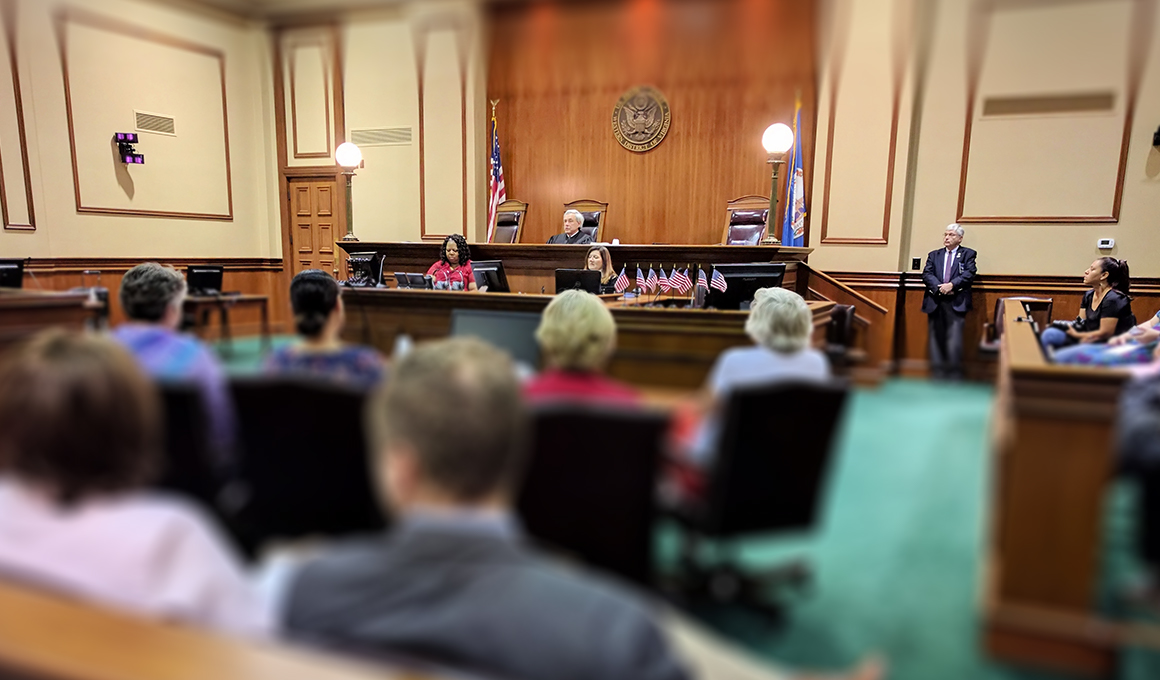Effective trial presentations play a key role in legal proceedings.
Effective trial presentations play a key role in legal proceedings.
Blog Article
Exactly How Trial Presentations Enhance Your Disagreement and Convince Jurors
Trial presentations work as a pivotal system for improving lawful debates and persuading jurors. By incorporating aesthetic help, narrative structures, and emotional interaction, attorneys can produce an engaging situation that resonates on several degrees. The critical usage of visuals not only makes clear complex information however additionally captures jurors' attention better than words alone. However, the art of narration plays a similarly vital role in changing factual proof into an engaging story, shaping jurors' understandings - trial presentations. Comprehending these components can substantially affect trial end results, elevating the concern of how each element contributes to this intricate dynamic.

Importance of Aesthetic Help
Aesthetic help play a crucial duty in improving the efficiency of test discussions, as they can dramatically raise audience engagement and retention of details. In the context of a test, where jurors are entrusted with processing complex details, aesthetic aids serve to streamline and clarify bottom lines. Charts, charts, and images can communicate data and principles that might or else overwhelm or puzzle jurors, permitting a much more simple understanding of the evidence presented.
In addition, aesthetic aids help in maintaining juror attention throughout the process. By damaging the dullness of verbal statement, these devices can punctuate vital arguments, making them extra remarkable. Effective visual aids can likewise evoke emotional feedbacks, which can be essential in convincing jurors to align with the presenter's narrative.

Crafting Engaging Narratives
A compelling narrative is crucial in trial presentations, as it functions as the foundation of effective persuasion. It enables attorneys to weave together realities, evidence, and emotional components into a coherent story that reverberates with jurors. This narrative framework allows jurors to comprehend the complexities of the situation while guiding them through the lawyer's debate.
To craft an engaging story, lawyers need to concentrate on quality and comprehensibility. This entails establishing a clear lead character-- usually the customer-- and describing their journey through the occasions in question. Offering the facts in a sensible sequence boosts understanding and preserves involvement. Additionally, using brilliant summaries can produce mental This Site images that aid jurors picture the occasions, making the story a lot more memorable.
In addition, integrating vital themes throughout the discussion strengthens the core message and help in retention - trial presentations. The narrative needs to not just share info yet also evoke a sense of justice, highlighting the stakes included. Inevitably, a sound story cultivates a connection between the jurors and the case, placing the lawyer's disagreement as both qualified and engaging, therefore boosting the chance of a favorable decision

Involving the Court Mentally
Efficient court interaction pivots on the lawyer's capacity to link with jurors on an emotional level. This link can significantly affect jurors' assumptions and their ultimate decision-making. Utilizing emotional charms allows attorneys to humanize the situation, changing abstract legal ideas into relatable experiences. By providing real-life stories or endorsements, lawyers can evoke compassion and empathy, cultivating a much deeper understanding of the problems at stake.
Visual aids, such as photos or videos, can additionally boost emotional interaction, supplying jurors with vivid depictions of the case's human aspects. Crafting a story that highlights the battles and accomplishments of the people entailed makes certain that jurors see past the lawful debates and acknowledge the human repercussions of their decisions.
An attorney's enthusiastic delivery can resonate with jurors, enhancing their psychological investment in the instance. It's vital to stabilize emotional appeals with factual evidence, making sure that jurors really feel compelled to act while remaining based in the fact.
Structuring Your Discussion

The body of the presentation should be realistically look here fractional into bottom lines, each supported by engaging proof. It is helpful to utilize narration methods to weave truths into a narrative that jurors can conveniently comply with. Aesthetic aids, such as graphes and video clips, can boost comprehension and interaction, helping to highlight important items of proof.
Real-World Study
Taking a look at real-world study offers indispensable understandings right into the art of test discussions and persuasion. The landmark situation of "O.J. Simpson v. Individuals of California" illustrates exactly how aesthetic aids and compelling stories can guide jury understandings. The protection group efficiently used a technique that incorporated prominent specialist statements with multimedia discussions, which astounded jurors and inevitably influenced their choice.
One more notable example is the "McDonald's Coffee Case," where the complainant's lawyers used visuals pictures of the injuries endured by Stella Liebeck. trial presentations. This stark aesthetic proof played a crucial duty in communicating the intensity of her burns, leading to a click this substantial court honor. Such cases show that impactful trial presentations commonly depend upon the efficient integration of visuals and storytelling to evoke emotional actions from jurors
Furthermore, the "Casey Anthony Test" highlighted the significance of narrative coherence and credibility. The prosecution's failure to develop a compelling timeline reduced their convincing power, highlighting the necessity of a well-structured presentation. Examining these cases reveals that effective trial presentations require tactical planning, emotional interaction, and the capability to reverberate with jurors' values and beliefs.
Conclusion
Test presentations considerably enhance disagreements and persuade jurors via the tactical usage of visual help, compelling stories, and emotional involvement. A well-structured presentation balances psychological appeals with accurate proof, ultimately resonating with jurors' worths.
Report this page